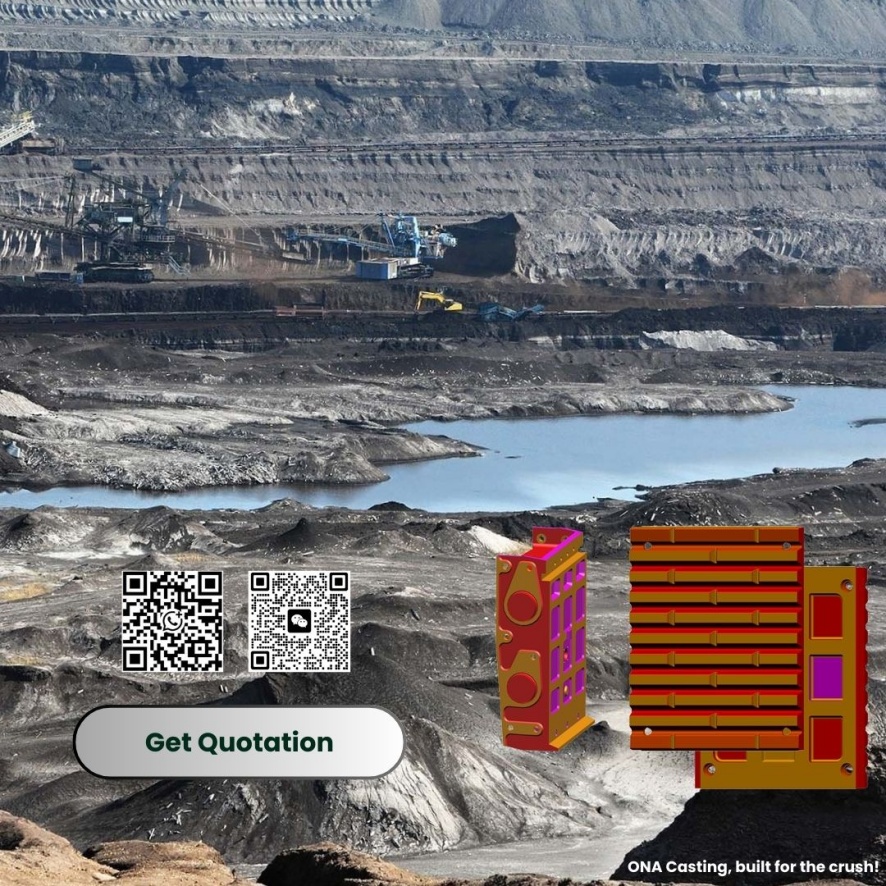Jul 24, 2025
In mining, construction and other industries, cone crusher is the key equipment for fine crushing in the ore crushing process. With its advantages of large crushing ratio, high efficiency, low energy consumption and uniform product particle size, it is widely used in the medium and fine crushing of various ores and rocks. However, there are many types of cone crushers, and different types of crushers differ in structure, working principle, performance characteristics and applicable scenarios.
The main cone crushers on the market are divided into single-cylinder cone crushers and multi-cylinder cone crushers. The following is a list of models we can provide for your review.
Brand
Single cylinder Cone Crusher
Multi cylinder cone crusher
Metso
GP100,GP200,GP300,GP500,GP11F,GP220, GP330, GP550, GP100S, GP200S,GP300S, GP500S,GP7
HP100,HP200,HP300,HP400,HP500,HP700,HP800, HP900, HP3, HP4, HP5,HP6,MP800,MP1000,MP1250,SG4265,SG5475,SG6089,SG60110
Sandvik
CH420,CH430,CH440,CH540,CH550,CH660,
CH830i,CH840i,CH840,CH860i,CH865i,CH870i,
CH870,CH880,CH890,CH895,CH890i,CH895i,
CS420,CS430,CS440CS540,CS550,CS660,
CS840i,CS865
Symons
2ft ,3ft , 4ft, 4 1/4ft, 5 1/2ft, 7ft
Telsmith
T300,T400,T500,T900,36 S&FC,48 S&FC, 52 S&FC, 57 S&FC, 66 S&FC38 SBS,44 SBS, 52 SBS, 57 SBS,68 SBS
Trio
TP260,TP350,TP450,TP600, TP900
Terex
C-1540,C-1540R,C-1545,C-1545P,C-1550,C-1550P,C-1554
Single cylinder Cone Crusher
The single cylinder cone crusher is a highly automated cone crusher developed using advanced crushing technology, integrating mechanical, hydraulic, electrical, intelligent control and other technologies. Its structure is relatively simple and its manufacturing cost is low. Its main structures include lower frame, locking nut, main shaft, head, bowl, hydraulic cylinder, etc.
When working, the motor drives the eccentric bushing to rotate, and the head moves eccentrically under the drive of the eccentric bushing to crush the material. When encountering unbreakable objects, the hydraulic cylinder makes the main shaft sink, enlarges the discharge port, and allows the unbreakable objects to be discharged. After that, the pressure is restored, the piston rises, and the discharge port is reset.
The advantages of the single-cylinder cone crusher are significant. It is suitable for medium, fine and ultra-fine crushing operations, with large production capacity and high crushing efficiency; it adopts the principle of lamination crushing, and the product particles produced are uniform; a variety of cavity types combined with suitable strokes can meet various particle size requirements; and the structure is simple, easy to maintain and automatic control.
Multi cylinder cone crusher
The multi cylinder cone crusher is also an important type of cone crusher, suitable for crushing various ores and rocks with medium and above medium hardness, such as limestone, iron ore, granite, etc. Its structure is relatively complex, mainly composed of a frame, head, bowl, hydraulic tank, multiple release cylinders, an eccentric, etc. It is characterized by high swing frequency, large eccentricity, slow cone, peripheral multi-cylinder hydraulic locking, the main shaft is a cantilever beam support form and a spherical tile support structure, and a hydraulic motor is used to adjust the fixed cone.
During the working process, the motor drives the eccentric bushing to rotate at high speed, the head moves eccentrically, and the material is crushed by squeezing, bending and shearing between the head and the bowl. Multiple release cylinders are distributed around the crusher. When overloaded, the release cylinder can release pressure, lift the bowl, increase the discharge port, and play an overload protection role.
The multi-cylinder cone crusher has a large crushing force, can effectively crush hard materials, has a high processing capacity, and the finished product after crushing has a uniform particle size, which is smaller than the material at the discharge port. The product particle shape is high-quality and cubic. In addition, it is easy to maintain and can ensure high stability of operation. However, the equipment cost is high, and the maintenance and repair are relatively difficult.
Different types of cone crushers have their own advantages. In actual production, users need to comprehensively consider and select the most suitable type of cone crusher based on their own production needs, material characteristics, budget costs and other factors to achieve efficient and economical production goals.
Read More
 Call Us:+86 186 5551 2307
Call Us:+86 186 5551 2307 Mail Us:jhon@onaie.cn
Mail Us:jhon@onaie.cn Call Us:+86 186 5551 2307
Call Us:+86 186 5551 2307 Mail Us:jhon@onaie.cn
Mail Us:jhon@onaie.cn